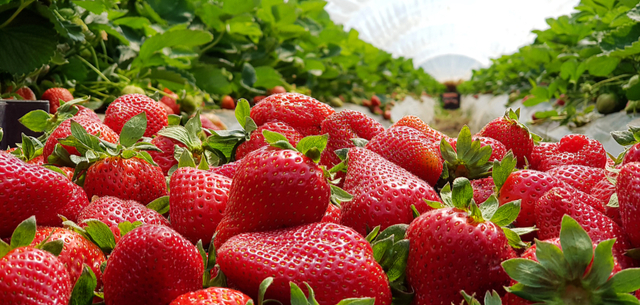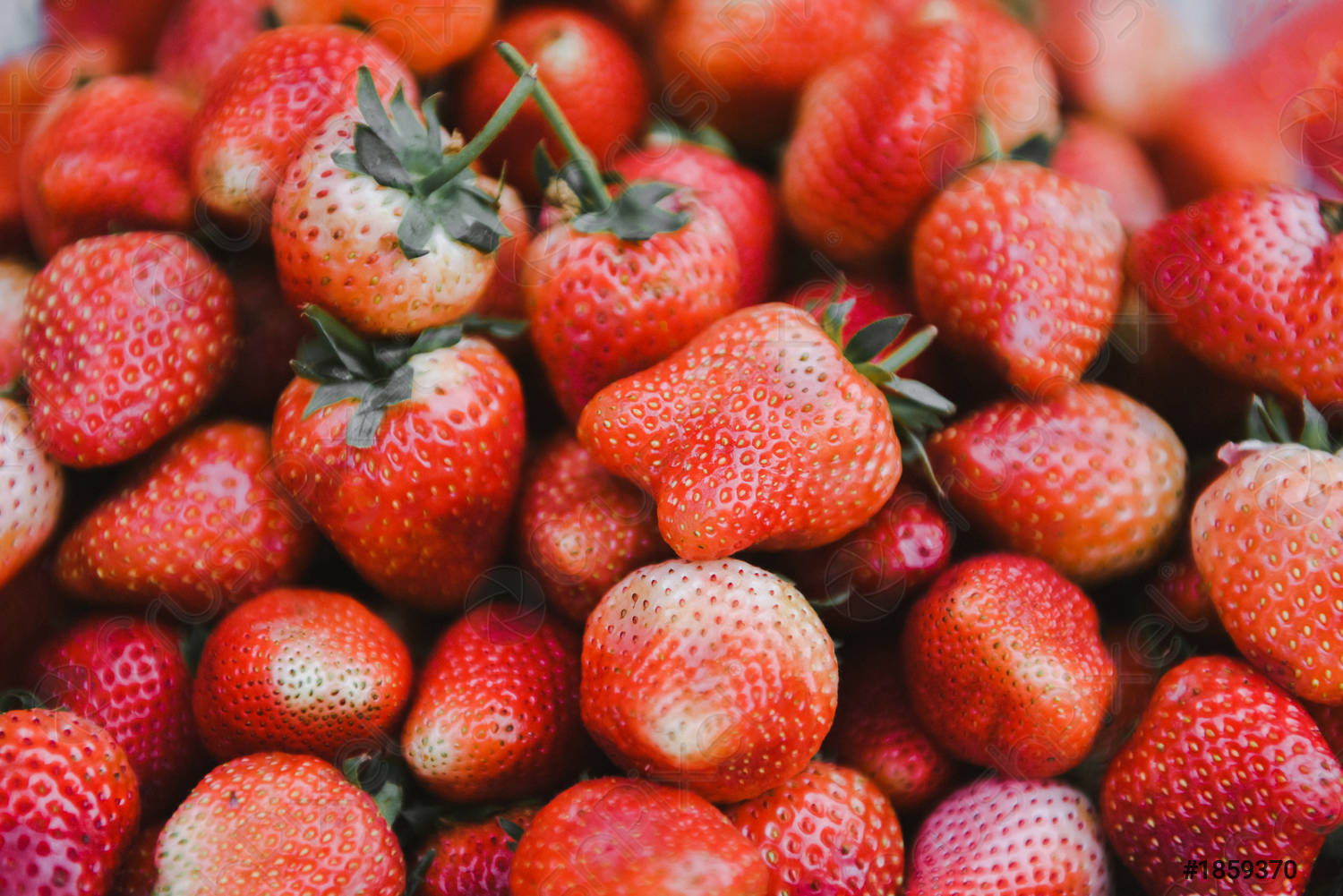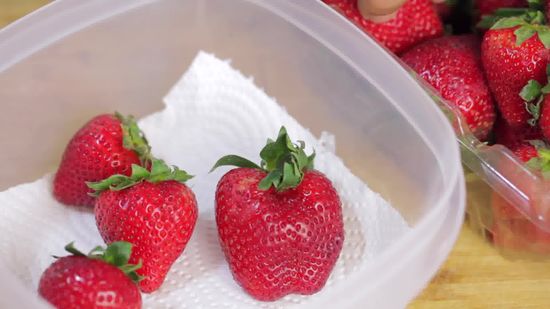
Strawberries are in season! The earliest varieties have already appeared on the shelves of supermarkets and, strawberries are typically a spring fruit that we love to enjoy at this time of year in a thousand different ways. Full of virtues, they have a small drawback: they are very delicate and spoil quickly. To extend their life we can apply simple steps at home that will avoid the annoyance and wastefulness of having to throw them away, especially as strawberry punnets tend to be fairly big in Spanish supermarkets.
We need to be aware that strawberries are non-climacteric fruits, that is, they no longer ripen once they have been collected, unlike apples or bananas. This means that when we buy them, they have already started to deteriorate and lose quality, and it is something that will only become more pronounced as the days go by. The key, therefore, is to buy them at the optimal time and conserve them properly to slow down this deterioration process.
Don't be carried away by temptation unless you know you are going to be able to consume all the strawberries in a short period of time. If we decide to buy them, as always, it is convenient to check the labelling to know the collection date or packaging date, and thus choose the most recent. It is also important to examine the strawberries carefully as well.
 It is preferable to choose strawberries that are not too tightly packed, in rigid and protected containers that allow you to see the contents clearly. Check that there are no mouldy, stale or pieces that are too green, that they are not crushed or apparently damaged. Very green or white fruit will no longer ripen, and old fruit will likely show dark spots, cracks, or a loss of juices as the strawberries start to weep with time.
It is preferable to choose strawberries that are not too tightly packed, in rigid and protected containers that allow you to see the contents clearly. Check that there are no mouldy, stale or pieces that are too green, that they are not crushed or apparently damaged. Very green or white fruit will no longer ripen, and old fruit will likely show dark spots, cracks, or a loss of juices as the strawberries start to weep with time.
When in the trolley they need to be treated with care and never put other objects on top. If possible, keep them at the top, away from damp or very fragrant food, and also separated from apples and bananas, which emit ethylene.
Although they are at room temperature in the store, strawberries, like berries and other delicate fruits, must be refrigerated. The sooner we get them in the fridge, the better, and always without washing. Strawberries should only be washed just before eating, as the humidity would only accelerate their deterioration.
Once at home, you should open the container and check them one by one, discarding those that may have mould or very visible damage. The most strawberries that are most mature should be separated and consumed quickly.
Mouldy or rotten fruits must be thrown away. It is not safe to cut off the rotten or mouldy part as fungi are dangerous pathogens that spread through the food.
Do not remove the stems, as it would be an easy entry point for microorganisms. This can be applied, as a general rule, to all plant products.
Place the fruit in a clean, spacious container, preferably in one which allows them to be arranged in a single  layer, without piling them up. If we have too many, you can always split them between two containers.
layer, without piling them up. If we have too many, you can always split them between two containers.
We can line the bottom of the container with kitchen paper or with a special cloth for preserving vegetables, such as those sold for refrigerator drawers. This allows air to circulate and will absorb any possible moisture that is released.
Strawberries need to "breathe" so you should never close them tightly. If we want to cover them, make sure you leave access for air to circulate freely.
Inside the refrigerator, ensure that they are kept at a constant cold temperature, never lower than 2ºC, and not higher than 6ºC. Again, away from foods that emit strong odours or ethylene.
Strawberries will keep fresh like this for between four and five days, but it is always advisable to check the status of all fruits daily, to quickly discard any specimen that shows signs of mould or any deterioration.